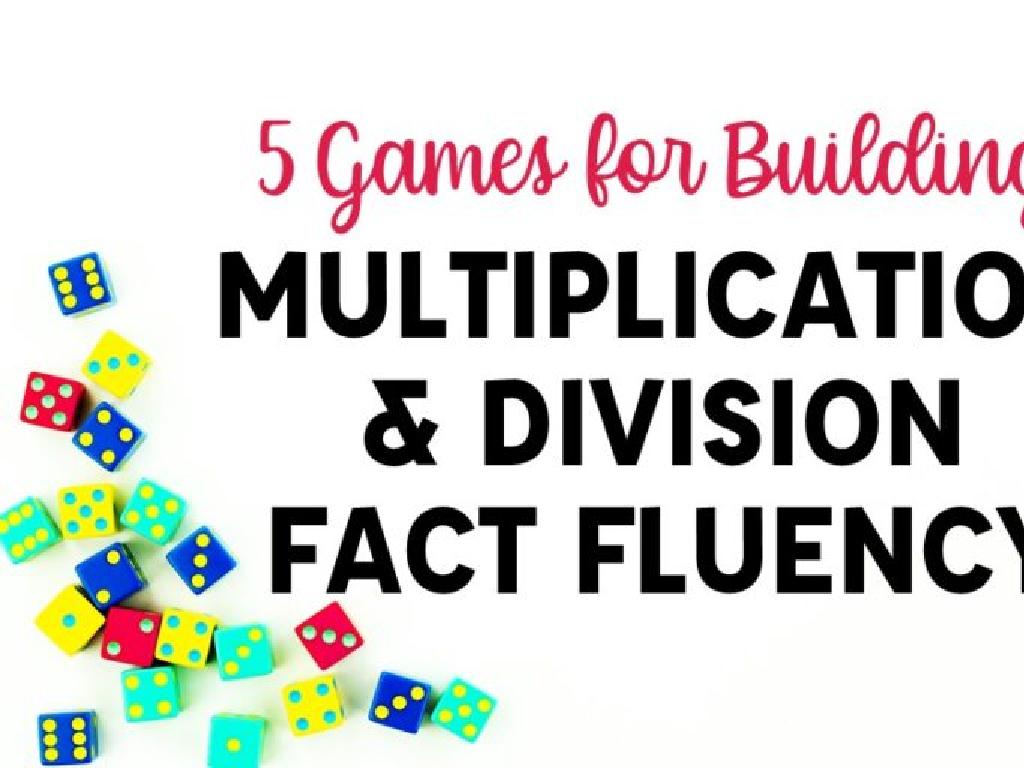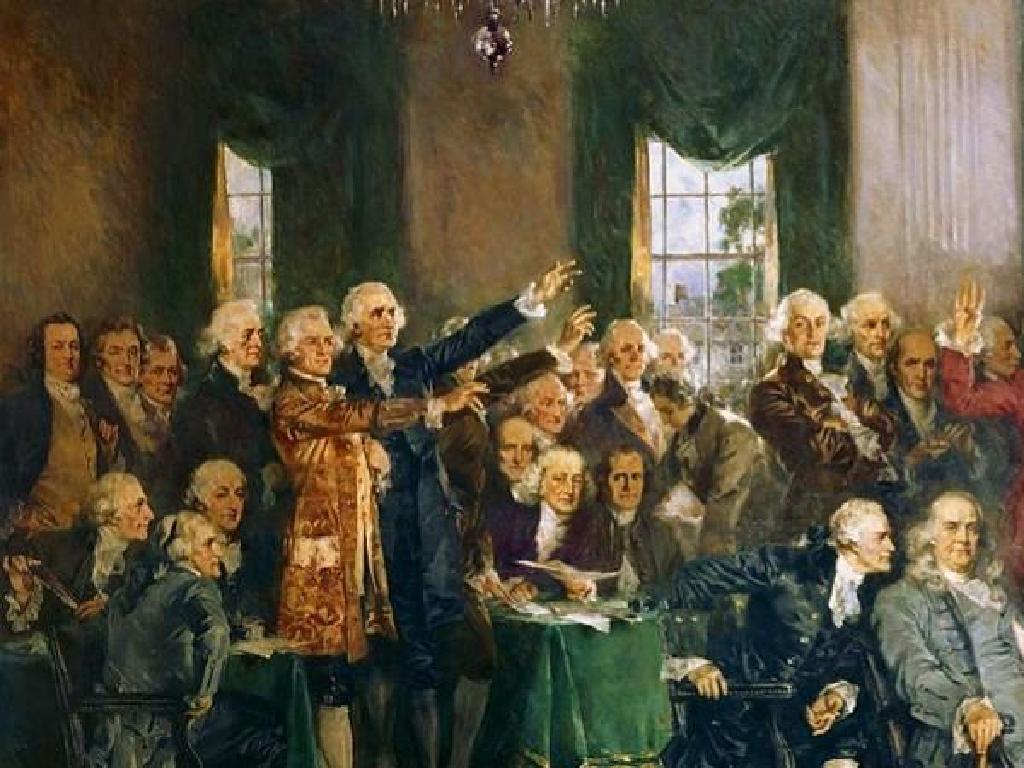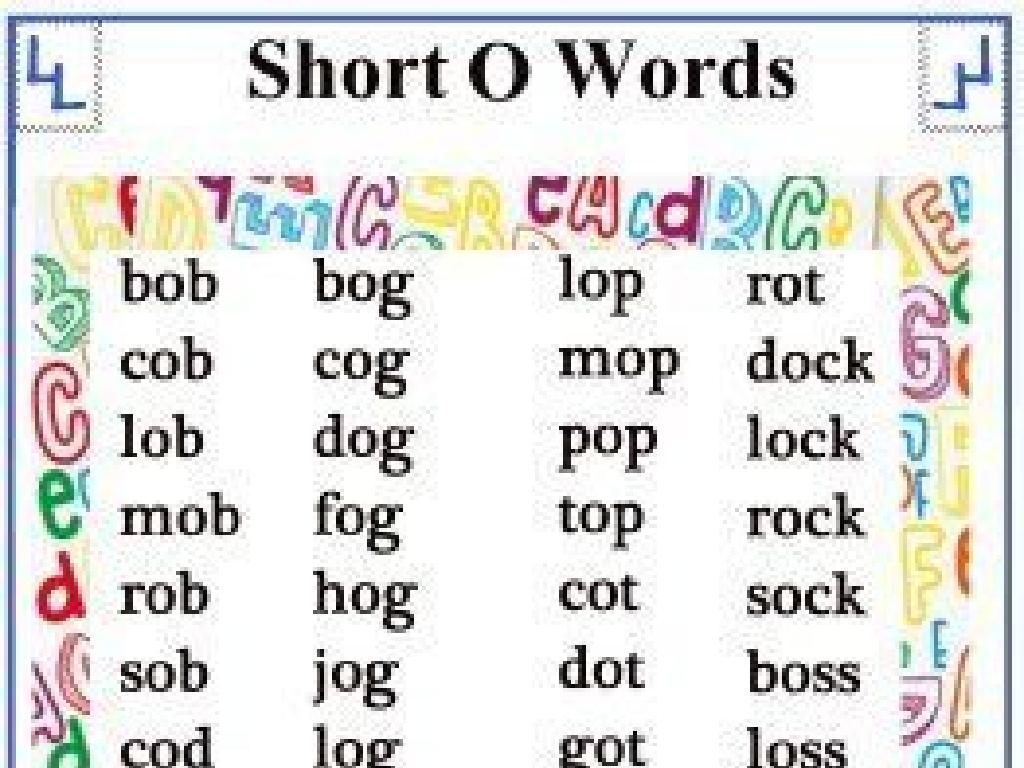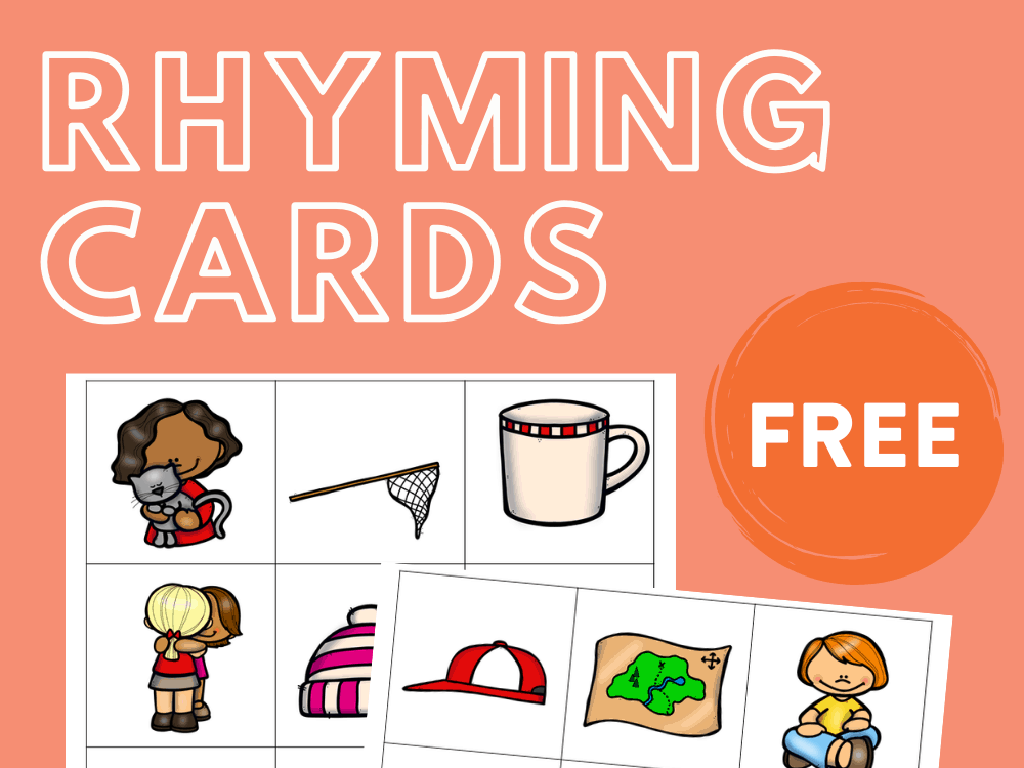Understand Fractions: Fraction Bars
Subject: Math
Grade: Third grade
Topic: Understand Fractions
Please LOG IN to download the presentation. Access is available to registered users only.
View More Content
Welcome to Fractions!
– What are fractions?
– Fractions show parts of a whole
– Like a pizza cut into equal slices
– Using fraction bars
– Colorful bars to represent different fractions
– Seeing fractions visually
– Helps us understand size of fractions
|
Today’s lesson introduces the concept of fractions to the third-grade students. Begin by explaining that fractions are a way to represent parts of a whole, similar to how a pizza can be cut into slices. Each slice represents a fraction of the pizza. Introduce fraction bars as a tool to visualize these parts in a clear and tangible way. Fraction bars are colored bars that represent different fractions, making it easier for students to grasp the concept of size and proportion within fractions. Encourage the students to think of fractions as parts of their favorite things, like pieces of a chocolate bar or sections of an orange, to make the concept relatable and engaging. The goal is for students to leave the class with a basic understanding of fractions and the ability to recognize them visually.
What is a Fraction?
– A fraction shows part of a whole
– Like a piece of a pie
– Written as 1/2, 3/4, etc.
– 1/2 means 1 out of 2 equal parts
– Top number: the numerator
– Numerator tells how many parts we have
– Bottom number: the denominator
– Denominator tells total equal parts
|
Begin the lesson by explaining that a fraction represents a part of a whole, similar to a slice of a pie or a piece of a chocolate bar. Show them how fractions are written, using the example 1/2, and explain that the top number (numerator) indicates how many parts we’re talking about, while the bottom number (denominator) shows how many of those parts make up a whole. Use visual aids like fraction bars to illustrate this concept. Encourage students to think of other examples of fractions they encounter in everyday life, such as cutting an apple into four pieces and taking three (3/4).
Understanding Fractions with Fraction Bars
– Fraction bars visualize fractions
– They are like fraction pieces that you can see and touch
– Bars divided into equal parts
– If a bar is split into 4 pieces, each piece is 1/4
– Comparing fractions with bars
– Look at two bars to see which is bigger or smaller
– Fraction bars aid in learning
|
Fraction bars are a great visual and tactile tool for helping third graders understand the concept of fractions. Each bar represents a whole, and when it’s divided into equal parts, each part represents a fraction of that whole. By comparing the lengths of different fraction bars, students can visually grasp which fractions are larger or smaller. This slide will introduce the concept of fraction bars and how they can be used to represent and compare fractions. Encourage students to physically manipulate fraction bars to better understand the concept. This hands-on experience is crucial for their comprehension of fractions.
Using Fraction Bars
– Learn to use fraction bars
– Match bars to written fractions
– Find the bar that represents 1/2, 1/4, 3/4, etc.
– Understand fractions as parts of a whole
– A whole bar is divided into equal parts; each part is a fraction of the whole.
– Compare sizes of different fractions
– Which is bigger, 1/3 or 1/4? Use the bars to see!
|
This slide introduces the concept of fraction bars as a visual tool to help students understand fractions. Start by explaining that fraction bars can help us see the size of fractions and how they relate to a whole. Have students practice by matching fraction bars to the corresponding written fractions, reinforcing their understanding of numerators and denominators. Discuss how different fractions represent different parts of the same whole bar and use the bars to compare the sizes of different fractions, such as 1/3 and 1/4, to see which is larger. Encourage students to visualize fractions as parts of a whole to better grasp the concept.
Equivalent Fractions with Fraction Bars
– Fractions can look different but be equal
– ‘Equivalent fractions’ show the same amount
– For example, 1/2 is the same as 2/4 or 3/6
– Fraction bars help us find equal fractions
– Visual bars divided into equal parts to compare
– Practice finding equivalent fractions
– Use fraction bars to match equal fractions
|
This slide introduces the concept of equivalent fractions, which are different fractions that represent the same value. Emphasize that even though the numbers may be different, the fractions can still show the same amount. Use fraction bars as a visual tool to help students understand and identify equivalent fractions. Show how to divide a fraction bar into different numbers of equal parts to represent the same whole. Encourage students to practice with fraction bars by finding fractions that are equal to each other. This will help them visualize and better grasp the concept of equivalency in fractions.
Comparing Fractions with Fraction Bars
– Fraction bars help compare sizes
– Place bars side by side to compare
– Longer bar means larger fraction
– Practice comparing with examples
– Compare 1/2 with 1/4 using bars. Which is longer?
|
This slide introduces students to the concept of comparing fractions using fraction bars. It’s a visual and intuitive method where students can see which fraction represents a larger or smaller part of a whole. By placing fraction bars side by side, students can easily compare lengths to determine the size of the fraction. The key takeaway is that the longer the bar, the larger the fraction it represents. Encourage students to practice with different pairs of fractions, such as comparing 1/2 with 1/4, 1/3 with 1/6, etc., to reinforce the concept. This activity will help solidify their understanding of fractions and how to compare them visually.
Adding Fractions with Fraction Bars
– Add fractions using bars
– Combine bars to find sums
– Example: Add 1/4 and 1/4
– Place two 1/4 bars together to see they make 1/2
– Visualize the total fraction
– Seeing the bars together helps understand the sum
|
This slide introduces the concept of adding fractions by using fraction bars, which is a visual method to help students understand how fractions can be combined to make a new fraction. By placing fraction bars side by side, students can see the total amount they represent. For example, when we add 1/4 and 1/4, we can put two 1/4 bars together to see that they make 1/2. This visual representation reinforces the concept that when the denominators are the same, we simply add the numerators. Encourage students to use fraction bars for hands-on practice, and ensure they understand that the bars must represent the same whole when combined.
Class Activity: Build Your Own Fraction Bars
– Create your own fraction bars
– Use provided materials
– Find equivalent fractions
– Work with a partner to match same-sized parts
– Add fractions together
– Combine fraction bars to see what they make together
|
This hands-on activity is designed to help students understand fractions in a tangible way. Provide students with materials such as colored paper strips or foam pieces to construct fraction bars. Guide them to divide these bars into equal parts and label each part with the correct fraction. Students should work in pairs to discuss and explore equivalent fractions by comparing their fraction bars. They should also practice adding fractions by combining bars to form whole numbers or new fractions. This activity will reinforce the concept of fractions, equivalence, and addition of fractions in a visual and interactive manner. Possible variations for different pairs could include using different denominators, comparing improper fractions, or even subtracting fractions.
Fantastic Fractions: Wrapping Up!
– Congratulations on learning fractions!
– Fractions represent parts of a whole
– Like a pizza sliced into pieces, each piece is a fraction of the pizza.
– Practice makes perfect with fraction bars
– Use your fraction bars to keep practicing.
– Aim to become a fraction expert!
|
This slide is meant to congratulate the students on their hard work learning about fractions using fraction bars. It’s important to reinforce the concept that fractions are parts of a whole, similar to how a pizza can be sliced into pieces. Encourage the students to continue practicing with fraction bars, as this will help them become more comfortable and proficient with the concept of fractions. Remind them that with consistent practice, they can become fraction experts. You can suggest that they use everyday objects at home, like dividing an apple into slices, to further understand fractions in a practical context.






